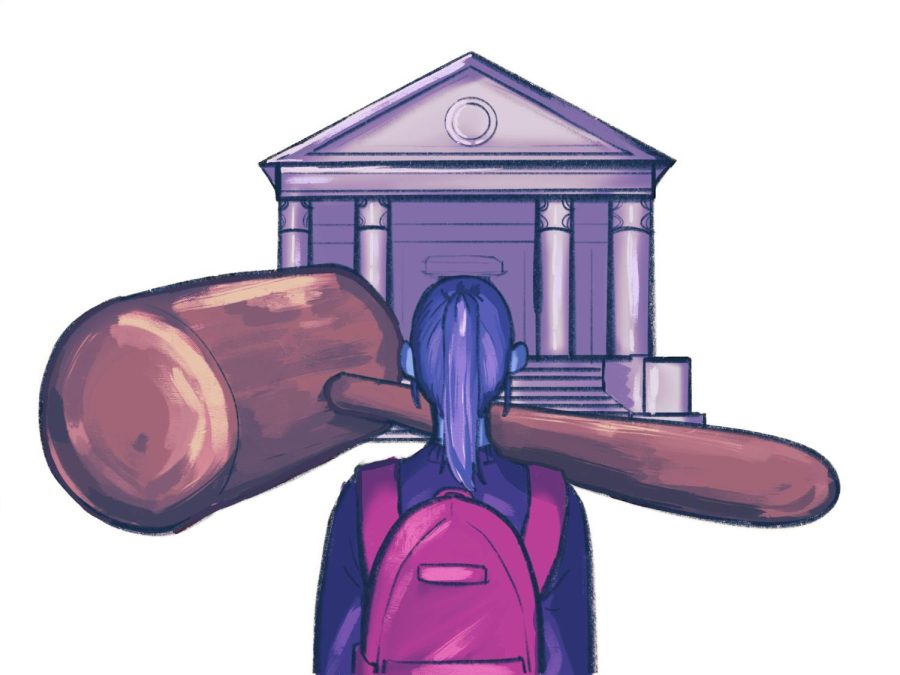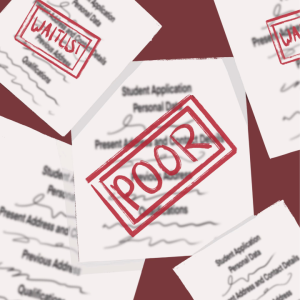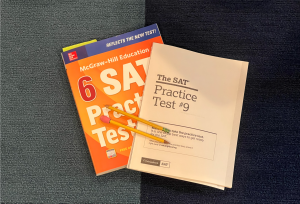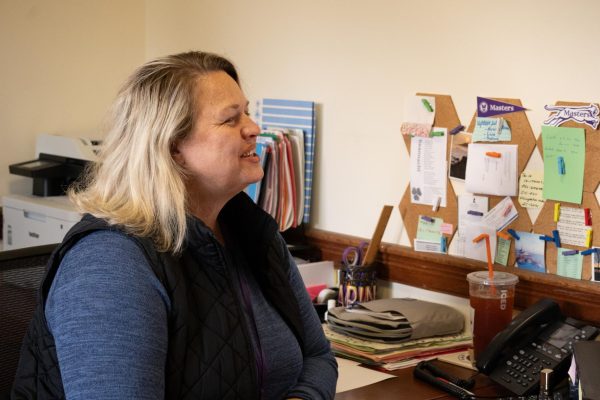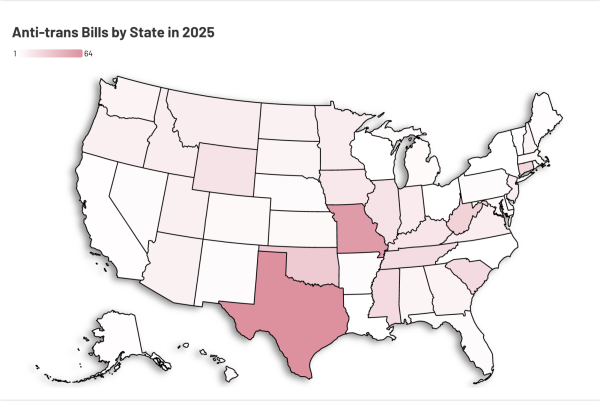Affirmative action case has potential impact on current students
Affirmative action, and the current case being considered by the Supreme Court, has potential impact on current students.
The Supreme Court began hearing arguments on Oct. 30, 2022 to decide whether colleges and universities can continue to consider race as a factor in admissions, a case that could significantly change the racial makeup of college classes in years to come.
The History of Affirmative Action:
Affirmative Action aims to combat racial prejudice by identifying the systemic obstacles that have prevented underprivileged students from accessing higher education. Race-conscious admissions procedures enable institutions to take a student’s race into account when making decisions about admissions, assisting in the development of a diverse student body. Targeted in this case are Harvard University and the University of North Carolina, who are accused of discriminating against white and Asian American students.
The practice of taking student background factors, including race, into consideration when deciding whether to admit an applicant originates from the civil rights movement in the 1960s.
The first major affirmative action case before the Supreme Court was Regents of the University of California v. Bakke (1978). The court decided that a quota system was unconstitutional, but also ruled that schools have a “compelling interest” in the educational benefits of having a diverse student body, which allowed them to consider race in admissions, so long as it was one of many factors considered. Other cases throughout the years such as Gratz v. Bollinger and Grutter v. Bollinger (2003) and Fisher v. University of Texas (2013 and 2016) have upheld the ruling in favor of universities’ ability to consider race as one of many factors in an individualized admissions decision.
What’s Happening Right Now?
In this most recent filing before the Supreme Court, the Plaintiff is Students For Fair Admissions, an organization founded by Edward Blum, who said, “What is happening on college campuses today is that applicants are treated differently because of their race and ethnicity.” The plaintiffs say the schools discriminated against white and Asian American applicants during the admissions process by giving extra preference to Black, Hispanic and Native American applicants.
Lawrence Bacow, president of Harvard University said in response that “At risk are 40 years of legal precedent and diverse campus communities that prepare students for an interconnected world… When Harvard assembles a class of undergraduates, it matters that they come from different social, economic, geographical, racial, and ethnic backgrounds… Harvard is not alone in believing that we are more than our test scores and that our unique perspectives bring a wealth of educational benefits to a high-quality educational enterprise.”
A ruling on this case is expected this summer, possibly as soon as June. If the conservative court rules as expected in favor of the plaintiffs, the effect on schools will be far-reaching. In a Jan. 15, 2023 New York Times article, If Affirmative Action Ends, College Admissions May Be Changed Forever, Angel B. Pérez, the chief executive of the National Association for College Admission Counseling said, “We will see a decline in students of color attending college before we see an increase again… We will be missing an entire generation.” A brief submitted by 33 schools asserted that “The probability of Black applicants receiving offers of admission would drop to half that of white students, and the percentage of Black students matriculating would drop from roughly 7.1 percent of the student body to 2.1 percent,” described as “1960s levels.”
Many schools have taken steps to broaden eligibility in anticipation of a court ruling against affirmative action. The move by many colleges and universities to make standardized testing such as the SAT and ACT optional, is one such maneuver. Standardized tests have long been regarded as biased and unfair to those students who cannot afford expensive test preparation classes. And test scores are the basis of lawsuits such as this most recent case brought by Students for Fair Admissions to argue that Harvard and University of North Carolina discriminated against White and Asian applicants. More than 1800 colleges have remained “test optional” since the pandemic, which has changed the landscape of college admissions.
Masters Community Reactions
Adam Gimple, Director of College Counseling at Masters, offered his thoughts on standardized testing, college admissions, and diversity. “I think the interesting piece to remember is that rarely, if ever does a school look at a candidate and say, ‘All things being equal, the one thing that’s different is race.’ Ultimately, when you’re talking about a candidate who is traditionally accepted to a highly-selective institution, more often than not, with a few exceptions, that student is highly qualified and capable.”
Diversity in schools, historically speaking, was not always the objective. Gimple explained: “Part of the reason why standardized tests even got introduced into college admissions was to keep populations fairly homogeneous… Diversity historically has always been a particularly challenging circumstance for higher ed[ucation] to navigate.” He went on to say, “Now, I also think that higher education is absolutely the placeholder in most young adults’ lives where they are exposed to different perspectives and different experiences and learn about oneself and how you fit into the huge cadre of different types of people and experiences that exist.”
Senior Charles Manzano said that he had a discussion about affirmative action in a 12th grade seminar. “In a book we were reading in my 21st century Black literature class, there was a scene where from the perspective of a Black woman was talking to a white woman and they’re both professors at this college and this white woman goes, ‘Oh, I wanted my son to come here, but ‘affirmative action.’”
Manzano went on to say, “And so we had a little discussion about how there’s this unnecessary stigma about that… I think it’s both colleges’ rights to ensure that their student bodies are representative of this country and it’s also students of color’s rights to get access to a good education.”

Senior Justine Pascutti currently serves as an editor-in-chief of Tower. Pascutti has had a passion for writing since middle school and started studying...



